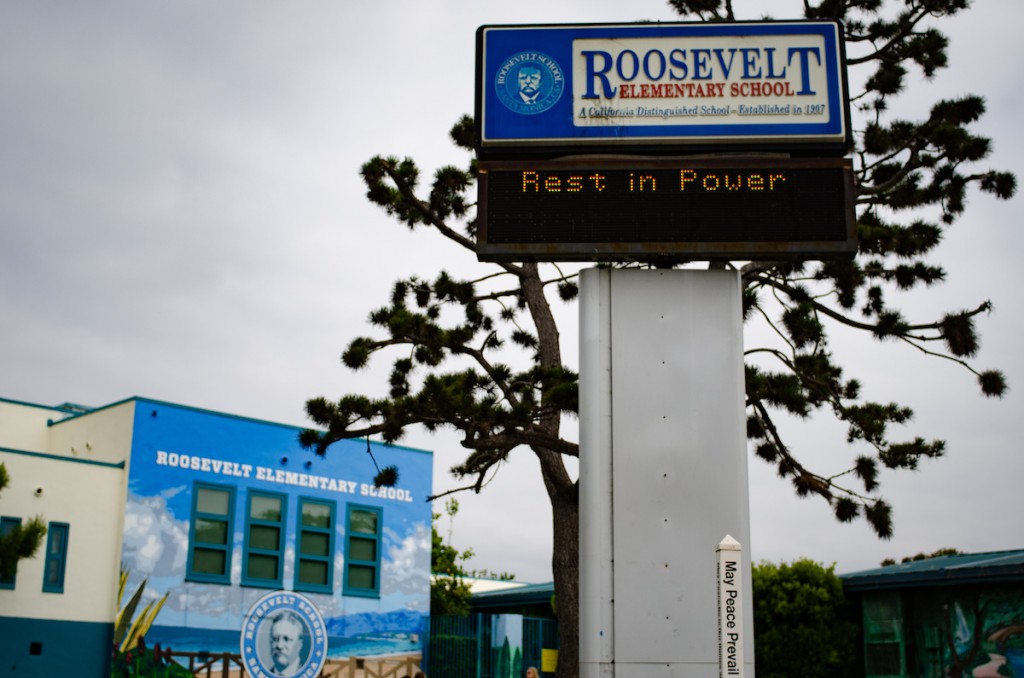According to new data, last year 19.3 percent of kindergarten through eighth-grade students in SMMUSD were chronically absent
By Sam Catanzaro
Santa Monica-Malibu Unified School District (SMMUSD) officials are exploring ways to address the growing absenteeism among students, including ramping up home visits and other outreach efforts.
The California Dashboard, a database compiled by the California Department of Education, recently reported that chronic absenteeism rates in the district were “high.” In 2022, 19.3 percent of kindergarten through eighth-grade students in SMMUSD were chronically absent, meaning they missed 10 percent or more of the school year. Additionally, another district report showed that the rate was at 30 percent for all K-12th-grade students for the first half of the 2022-23 school year.
Chronic absenteeism was found to be highest among foster youth and socioeconomically disadvantaged students at 26.8 percent and 31.2 percent, respectively. Board of Education President Maria Leon-Vasquez emphasized that understanding these students’ situations is crucial in addressing their absenteeism.
“I think it’s real crucial that we understand the issues at home because that will lead to how maybe the child is not doing well in school because of the home issues – sometimes we’re missing that piece and that’s a big piece,” Leon-Vasquez said during a recent board meeting.
To address this issue, SMMUSD used home visits before COVID-19 hit. Although these visits were significantly cut back during the pandemic, according to Director of Student Services Tara Brown they are now slowly resuming with community liaisons, administrators, and security officers helping with these visits.
Other measures outlined by district staff include encouraging students to come early to school for free breakfast to get them there on time for class and increasing opportunities for communication between teachers and parents.
While acknowledging that attendance issues are severe in SMMUSD schools, board members expressed frustration about including both unexcused and excused absences in the data. This makes it difficult to understand the extent of the problem and what needs further research.
“If they’re out sick then we know ‘okay they’re out sick,’ but who are the students that are not coming to school just because there’s something and it’s not for illness, it’s not for something that’s excused – that’s where we focus our energy,” said SMMUSD assistant superintendent of educational services Jacqueline Mora.











